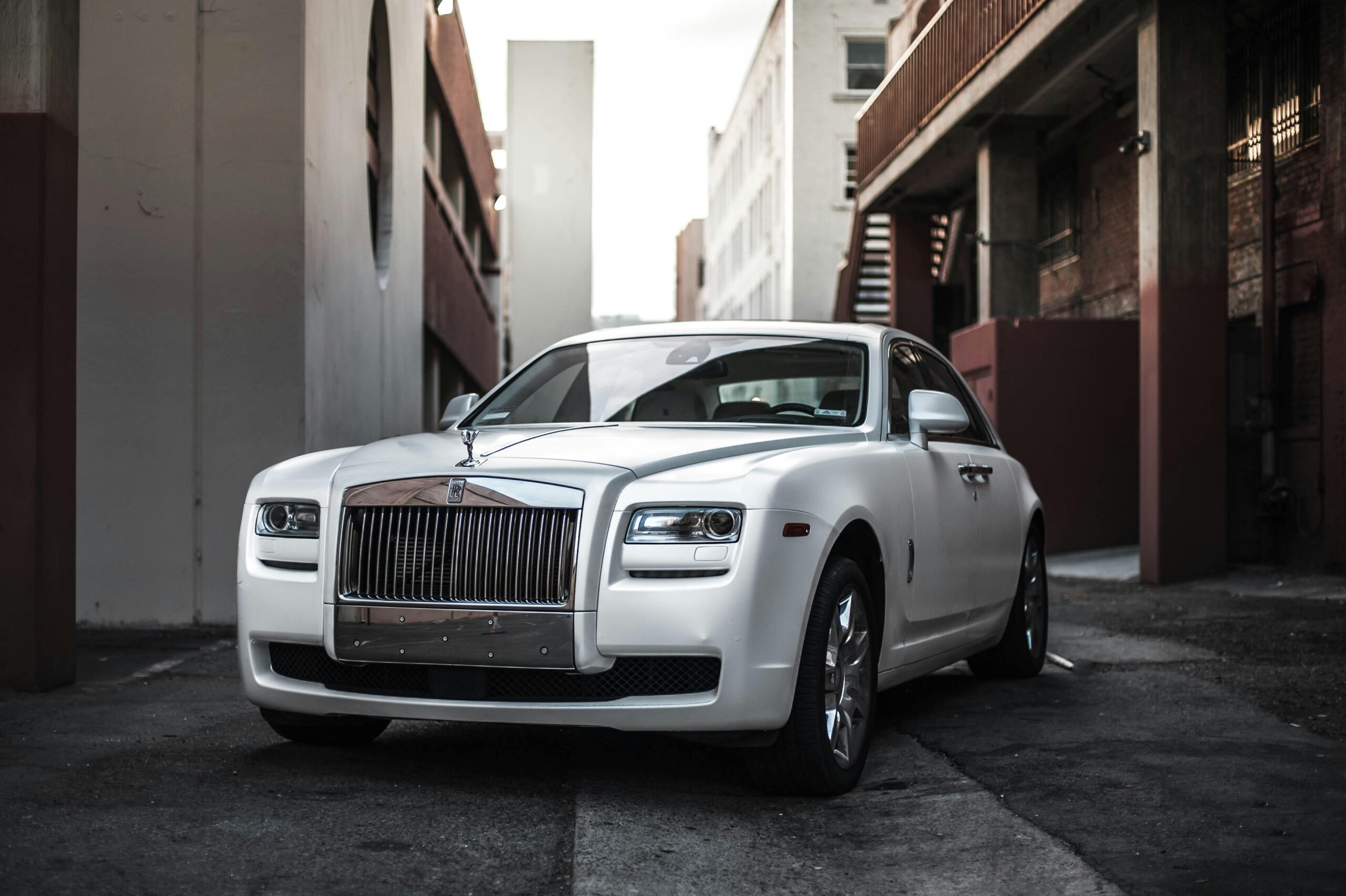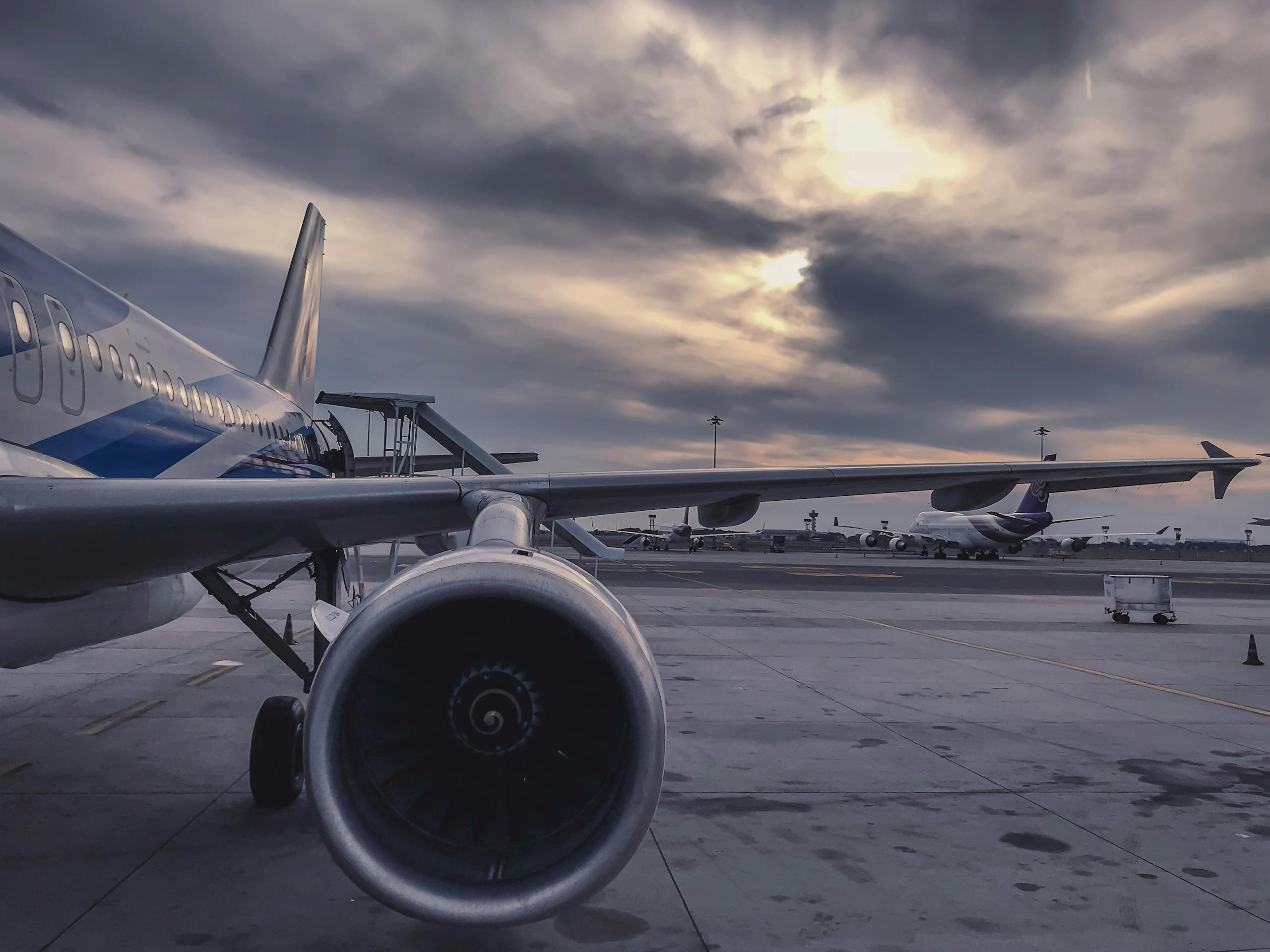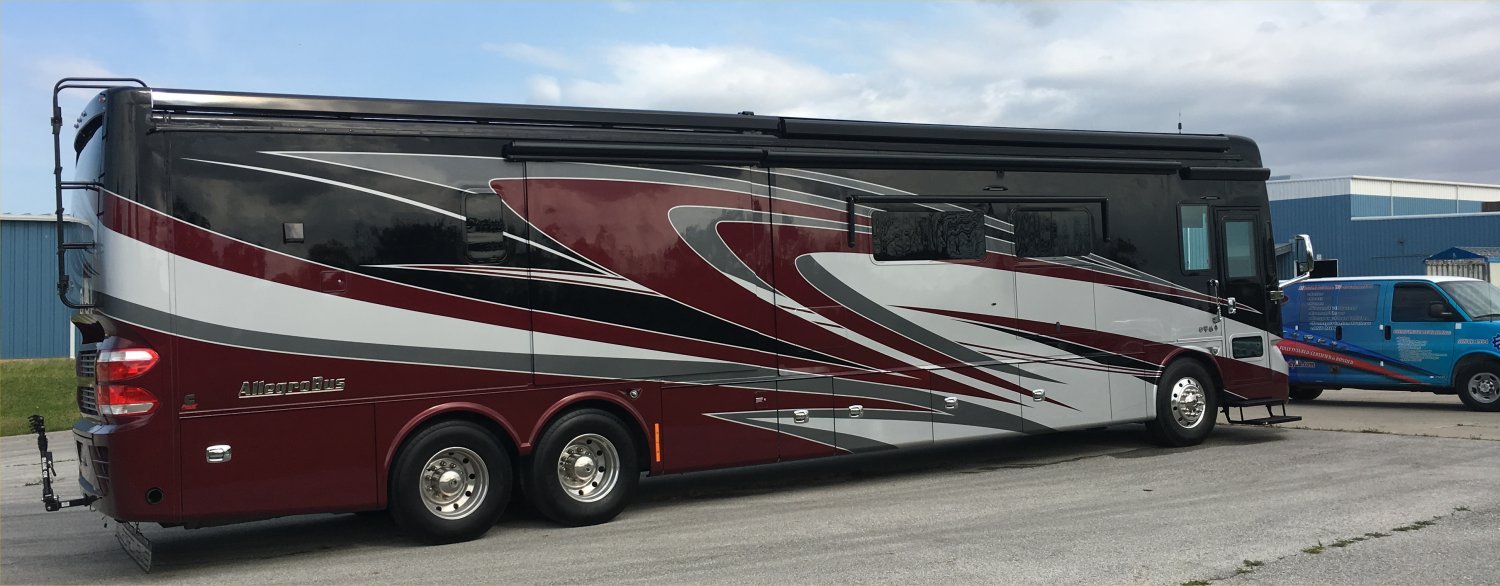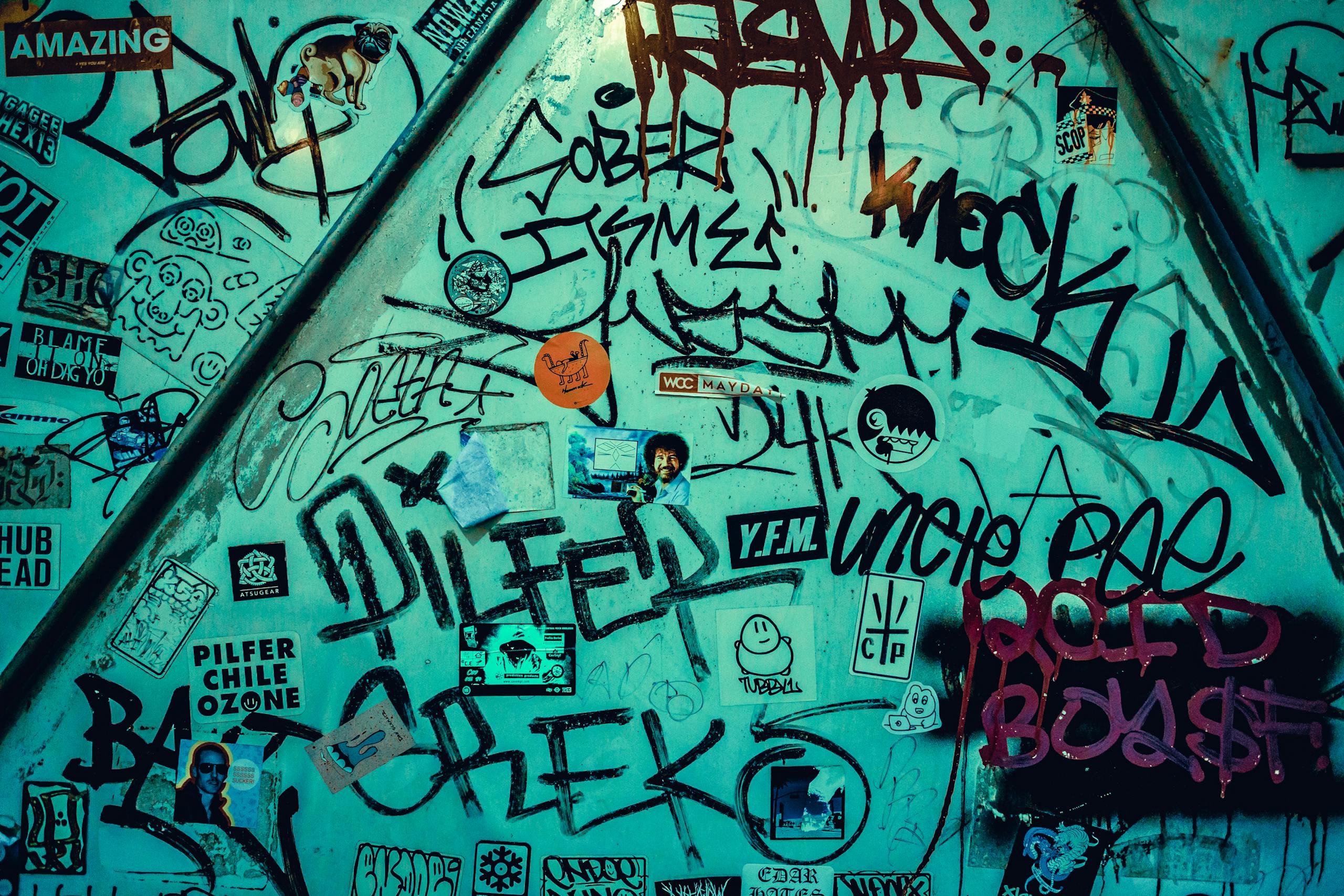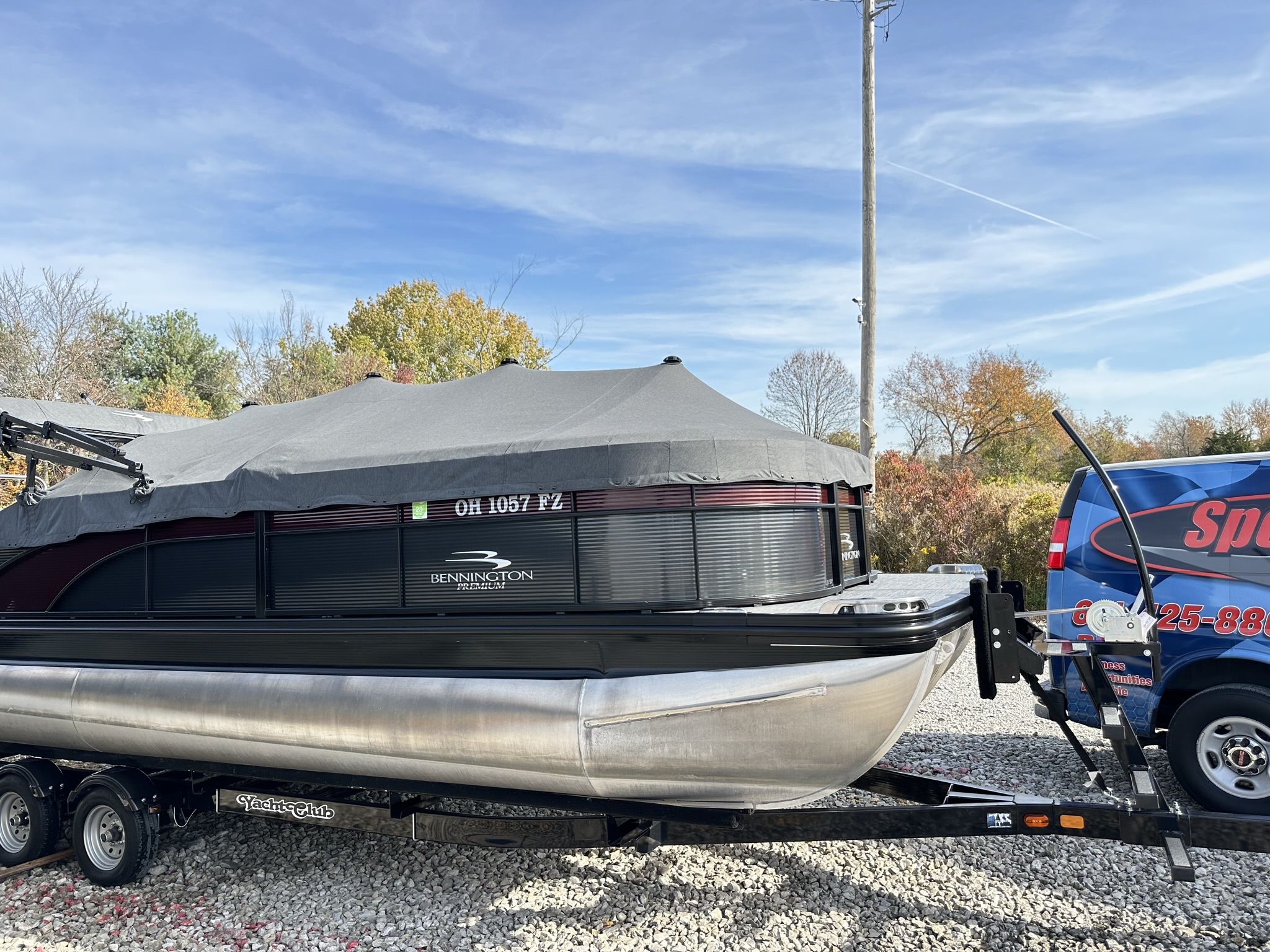Plastic Buffing in Car Detailing: What It Is and Why It Matters
Did you know that over 50% of a modern car’s body volume is made up of plastic components? From headlights and bumpers to interior trims and fenders, plastic is everywhere—and it’s one of the most misunderstood materials when it comes to detailing.
In this guide, we’ll walk through Plastic Buffing in Car Detailing: What It Is and Why It Matters. You’ll learn how to properly restore, polish, and protect plastic components on your vehicle—plus when it’s worth hiring Expert Mobile Detailing services to do the job right.
Why Plastic Buffing Is More Than Just Cosmetic
Plastic doesn’t rust, but it does fade, haze, scratch, and oxidize. These issues affect more than just your car’s appearance—they impact visibility, value, and even resale potential. Think of oxidized headlights reducing nighttime visibility, or dulled trim making a new vehicle look 10 years older.
This is why Plastic Buffing in Car Detailing: What It Is and Why It Matters should be part of your regular maintenance strategy. Whether it’s restoring headlight clarity or removing scuffs from trim, buffing revitalizes your vehicle’s details in a way waxes and quick detailing sprays simply can’t match.
What Is a Buffer in Car Detailing?
A buffer (also known as a polisher) is a tool designed to apply polishes, compounds, and cleaners uniformly across a surface. There are two main types:
- Rotary buffers: spin in one direction; powerful but risky on soft plastics.
- Dual-action (DA) polishers: oscillate while spinning; much safer for plastic surfaces.
Buffers amplify your results but can do damage if used improperly. That’s why most auto detailing packages that involve machine polishing are done by trained technicians.

How Do You Buff Plastic on a Car?
Buffing plastic requires a different approach than buffing paint. Here’s a simplified step-by-step process used by professionals and enthusiasts alike:
1. Clean the Surface Thoroughly
Use a wax-free automotive soap or all-purpose cleaner to remove all dirt, dressings, and contaminants.
2. Mask Adjacent Surfaces
Plastic is often next to chrome, paint, or rubber. Use painter’s tape to prevent accidental damage.
3. Use Plastic-Safe Products
Choose a plastic-specific polish and a soft foam or microfiber pad. Avoid aggressive cutting compounds unless you’re trained.
4. Buff in Sections
Work small areas at a time using gentle pressure, whether by hand or a dual-action polisher. Keep the buffer moving to avoid heat buildup.
5. Inspect and Protect
Wipe clean with a microfiber towel. If satisfied, follow up with a UV-protective sealant or trim coating to lock in results.
This process is what sets apart casual cleaning from professional mobile auto detailing. It’s also why services like Expert Mobile Detailing include trim and headlight restoration as part of their premium packages.
Should You Wax Plastic Trim?
This is one of the most common misconceptions in detailing. You should not use traditional wax on unpainted plastic trim. Waxes are designed for smooth, painted surfaces, and when applied to plastic they leave behind unsightly white stains that are difficult to remove.
Instead, use trim-specific products such as:
- Silicone-based plastic restorers
- UV-protective trim coatings
- Graphene or ceramic-based sprays
After completing Plastic Buffing in Car Detailing: What It Is and Why It Matters, apply one of these protectants to preserve your results and prevent future fading.
What Does Car Buffing Do?
Buffing is not just for show. Here’s what proper buffing achieves:
- Removes oxidation from faded plastic and yellowed headlights
- Eliminates fine scratches on trim and gloss black pillars
- Restores color and depth to gray or white-tinged plastics
- Prepares surfaces for sealants, improving product longevity
Done right, buffing can shave years off your vehicle’s visual age—and protect it for many more.
Plastic Buffing vs. Paint Correction
It’s important to understand that buffing plastic is not the same as correcting paint. Plastic has a different chemical structure and reacts differently to heat and abrasives.
If you’re unsure how to approach a job, professionals offering mobile detailing for a high-end car are trained to identify which materials can be corrected and which need replacement or protection instead.
Expert Help vs. DIY: When to Call In Mobile Pros
Buffing plastic on your own can be rewarding—but it’s not always the right move. Here’s when it makes sense to call in a pro:
- You’re working with expensive trim on a luxury or classic car
- You don’t have access to the proper buffers and pads
- You want bundled services through premium auto detailing packages
Hiring a reputable provider like Expert Mobile Detailing saves you time and reduces the risk of costly mistakes.
Common Myths About Plastic Buffing
“I can just wax it and it’ll look fine.”
Wrong—wax doesn’t adhere properly to unpainted plastics and usually causes more problems.
“It just needs a quick buff.”
Also incorrect. Buffing is a corrective process that requires time, patience, and prep. There’s no such thing as a “quick buff” on faded plastic.
“The plastic is ruined—it can’t be fixed.”
Unless it’s cracked or deeply gouged, most faded trim and yellowed headlights can be restored with professional-grade tools and techniques.
How Long Do Buffed Plastics Stay Looking New?
A common question customers ask is: “How long will the results last?” The answer depends on the product used, driving conditions, and maintenance habits. When done properly, plastic buffing results can last anywhere from 3 months to over a year.
Using high-quality protectants after buffing—such as ceramic coatings designed for trim—extends longevity significantly. Weather also plays a role: if your car sits outside in direct sunlight year-round, you may notice fading sooner than someone who garages their vehicle.
That’s another reason why mobile auto detailing plans often include ongoing trim maintenance: it prevents repeat fading and extends the life of the plastic. Many auto detailing packages offer quarterly or bi-annual touch-ups, which keep your plastic looking fresh without having to re-correct from scratch each time.
Ultimately, the key is not just restoring—but maintaining. A single buffing session can deliver stunning results, but it’s consistent care that makes those results last. Partnering with a reliable Expert Mobile Detailing provider ensures your trim, lights, and plastics get the attention they need—without compromising your time.
More Resources on Buffing and Restoration
For product-specific guidance from an industry leader, check out Meguiar’s guide to clear plastic care.
For service-specific comparisons and how detailing differs by vehicle, check out Speedy K’s guide to RV Detailing vs. Car Detailing.
Conclusion: Why Plastic Buffing Matters More Than You Think
Plastic buffing isn’t just for show cars or detailing fanatics. It’s an essential process for preserving your vehicle’s trim, improving visibility, and boosting resale value. Whether you’re maintaining a family SUV or restoring a collector’s coupe, knowing how to approach plastic buffing makes a real difference.
For those who want professional results with minimal risk, Expert Mobile Detailing is the best way to ensure your plastics look new and stay protected. It’s one of the smartest investments you can make in the long-term value and beauty of your vehicle.


